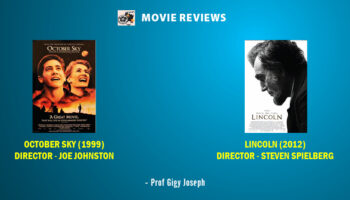Spotlight won the Oscar for the best movie in 2016.
What is it about?
It presents the true story of a team of journalists (code-named “Spotlight”) of the newspaper, The Boston Globe, who investigated the abuse of minors by Catholic priests. The team faced huge hurdles, since Boston is a very Catholic city, 53% of the paper’s readers were Catholics, as were most of the Spotlight team members. All this happened in 2002. These journalists were shocked to find that the abuse had been going for decades, and that the church (in this case, the Boston Archdiocese) had used its influence to cover it up.
Spotlight is not a typical movie. It will not appeal to the usual movie audiences. All the usual ingredients that make movies popular are missing: romance, violence, scenic shots, handsome men meeting beautiful women, etc. No, it is the story of a patient and systematic investigation by this team of journalists, who do their work quietly in libraries to dig out information about priests, and who interview priests who had abused children, as well as some of their victims. An intelligent movie about the dogged persistence of the journalists—not a glamorous film centred around stars, nor a thriller in the usual sense of the term.
Under a new and non-Catholic editor, the paper decides to investigate the alleged abuse. Several persons within the church try to dissuade them from doing so. But the team goes ahead. The story is well-known; so there are hardly any surprises. The team faces many brickwalls—influential persons who do not want the story to be told; good people who know that the Church is an institution doing lots of good; and the fact that the vast majority of priests are innocent. Should they pursue the story? Should they make it known to the world? That is the dilemma.
Soon after Spotlight won the Oscar, L’Osservatore Romano (the Vatican Newspaper) published an article stating that it is not an anti-Catholic movie. The church is willing to admit its failures in this area, and to do what it can for the victims, as well as to prevent future abuse.
So much has changed in the church since 2002. Today, the church has strict rules on protection of minors, which include also the duty incumbent on bishops and superiors to deal with abuse cases speedily and efficiently, and to collaborate with the police in the investigation.
We, in India, have much to learn from what happened in the US, and how the American Church has dealt with the sexual abuse of minors by church personnel. Although the percentage of priests guilty of the sexual abuse of minors is small—the final reports prepared by the John Jay College of Criminology for the US bishops state that, checking the records of priests for fifty years, they found accusations against 4 percent of the diocesan clergy and 1.5 percent of the religious clergy—the crime is serious, and the victims need to be listened to and helped with healing. The Indian church needs to be serious and systematic in tackling abuse at three levels: (1) Having clear and effective policies to prevent abuse; (2) steps for dealing with abuse if it occurs in any church institution; (3) training church personnel as well as employees about the seriousness of the matter and their responsibility in this area.
JTM
To subscribe to the magazine Contact Us





